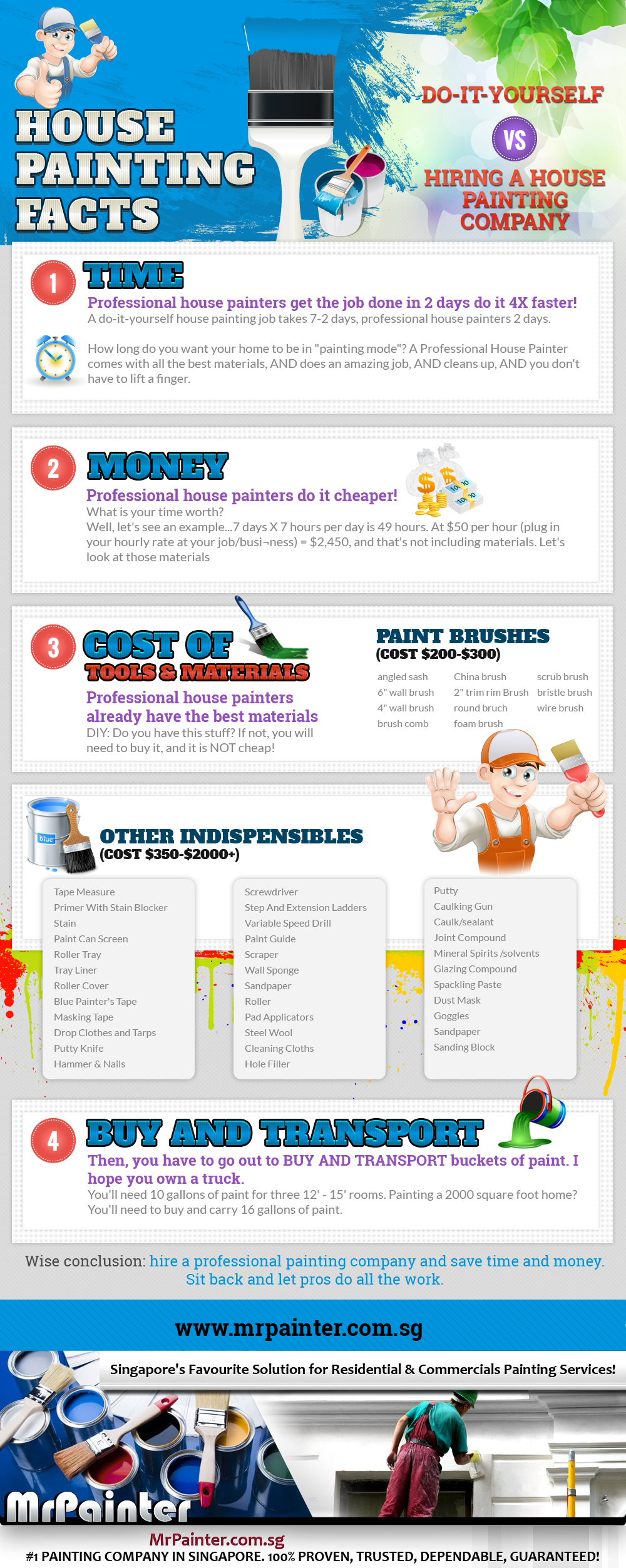Seasonal Factors In Industrial Exterior Paint: Trick Insights You Must Understand
Seasonal Factors In Industrial Exterior Paint: Trick Insights You Must Understand
Blog Article
Created By-Aguilar Browne
When you're preparing a commercial exterior paint project, seasonal factors can make or damage your results. You'll intend to take into consideration just how temperature and humidity influence paint application and drying times. Choosing the best season can guarantee your paint adheres correctly and lasts longer. However which periods are really the best for this kind of job? Allow's explore the crucial elements that can affect your task's success.
The Effect of Temperature on Paint Application
When you're planning an industrial external painting project, the temperature can substantially impact just how well the paint sticks and dries out.
Ideally, you wish to paint when temperature levels range in between 50 ° F and 85 ° F. If it's too cold, the paint might not treat properly, causing concerns like peeling or fracturing.
On relevant site , if it's too hot, the paint can dry out as well quickly, preventing correct attachment and resulting in an uneven surface.
You need to also think about the moment of day; early morning or late afternoon uses cooler temperatures, which can be extra desirable.
Constantly check the manufacturer's recommendations for the certain paint you're using, as they typically provide support on the perfect temperature level array for optimal outcomes.
Humidity and Its Result on Drying Times
Temperature level isn't the only ecological element that affects your commercial exterior painting job; moisture plays a significant duty too. High humidity levels can reduce drying times substantially, affecting the total quality of your paint job.
When the air is filled with wetness, the paint takes longer to heal, which can cause problems like inadequate bond and a greater risk of mildew development. If you're repainting on an especially moist day, be gotten ready for prolonged wait times in between coats.
It's vital to keep track of neighborhood climate condition and plan accordingly. Ideally, how to paint a straight line for humidity levels in between 40% and 70% for optimal drying.
Keeping these factors in mind ensures your task remains on track and provides a long-term finish.
Best Seasons for Commercial Outside Paint Projects
What's the best season for your industrial external paint projects?
Spring and very early fall are commonly your best choices. During these periods, temperatures are light, and moisture degrees are usually reduced, creating excellent conditions for paint application and drying out.
Stay clear of summertime's intense heat, which can create paint to completely dry also rapidly, resulting in poor adhesion and surface. Similarly, wintertime's chilly temperature levels can prevent appropriate drying out and healing, running the risk of the long life of your paint work.
Go for Suggested Site with temperatures in between 50 ° F and 85 ° F for optimum results. Keep in mind to inspect the regional weather forecast for rainfall, as wet conditions can destroy your job.
Preparation around these factors guarantees your paint project runs efficiently and lasts longer.
Verdict
Finally, intending your business external painting jobs around seasonal considerations can make a considerable distinction in the result. By scheduling job throughout the suitable temperatures and humidity degrees, you'll ensure much better adhesion and drying times. Bear in mind to keep an eye on neighborhood weather forecasts and choose the correct time of year-- spring and very early loss are your best options. Taking these actions will help you attain a resilient and specialist finish that lasts.
